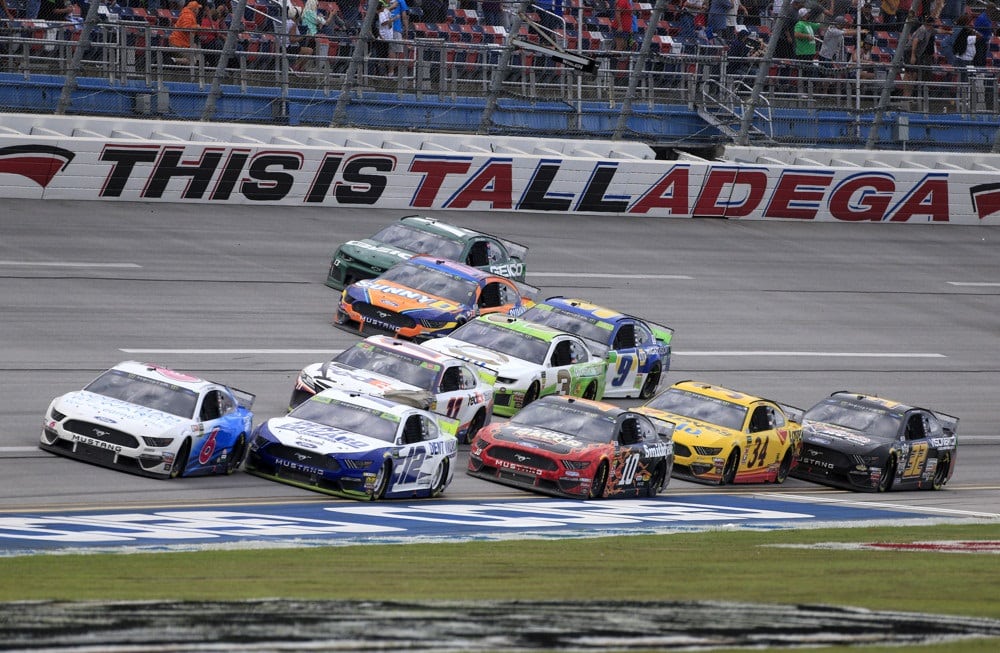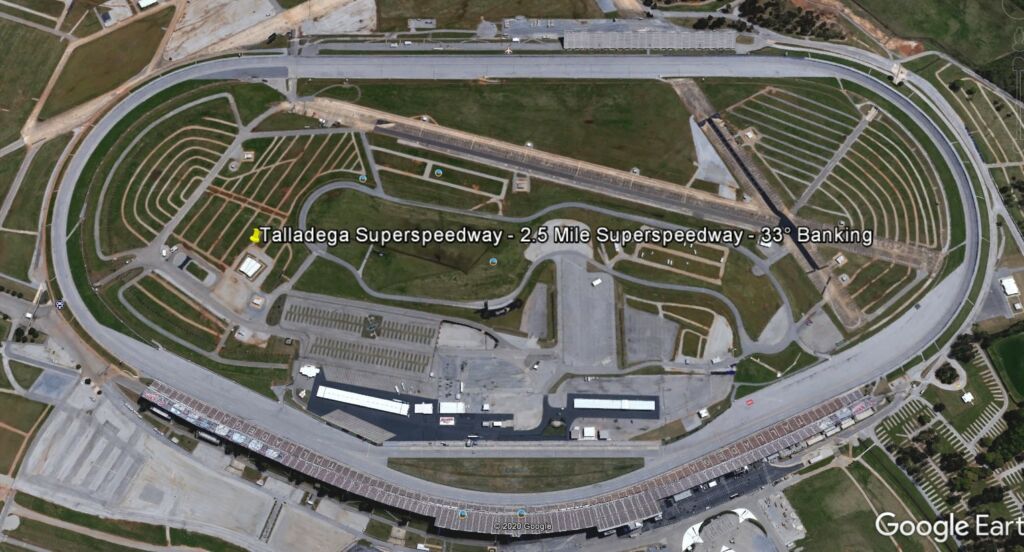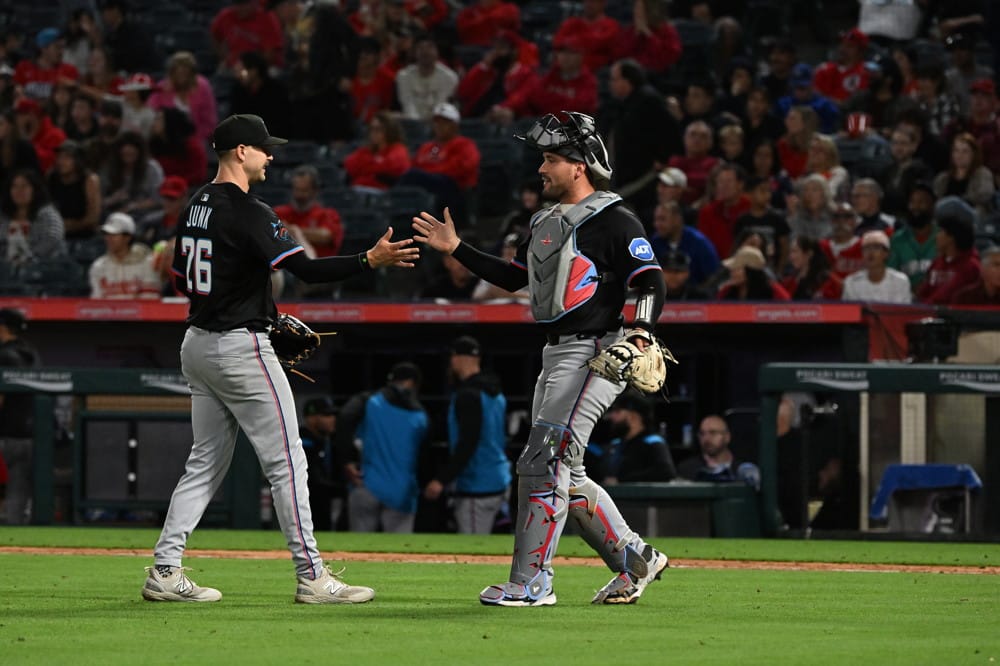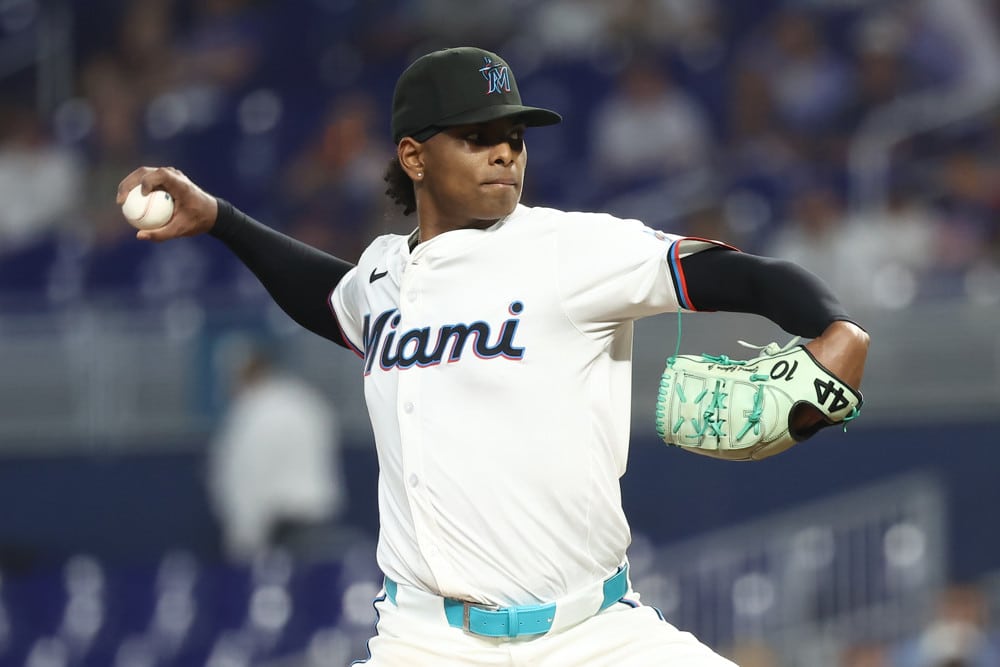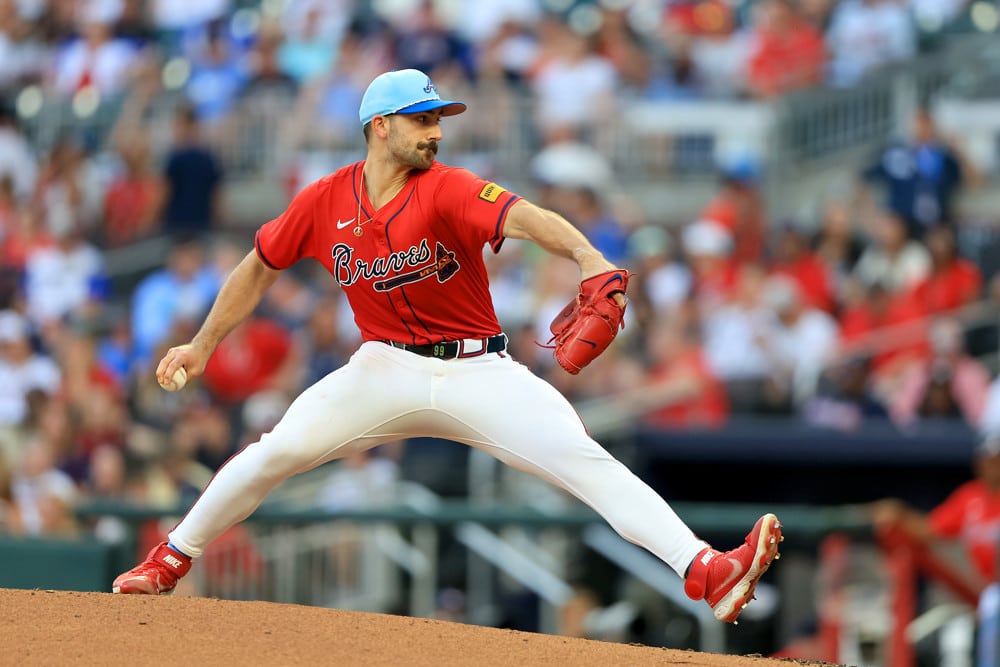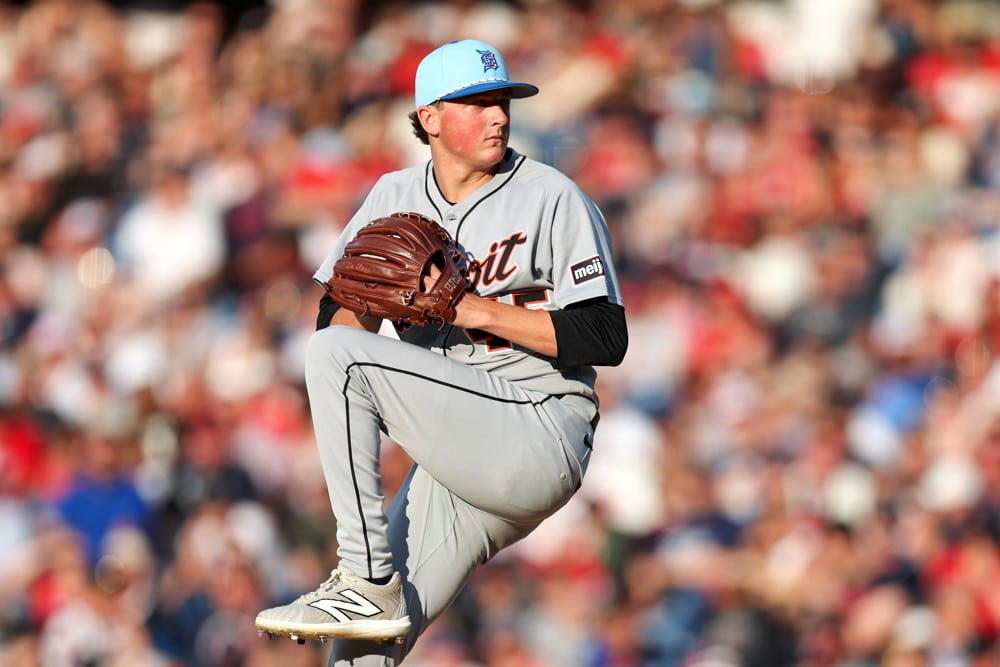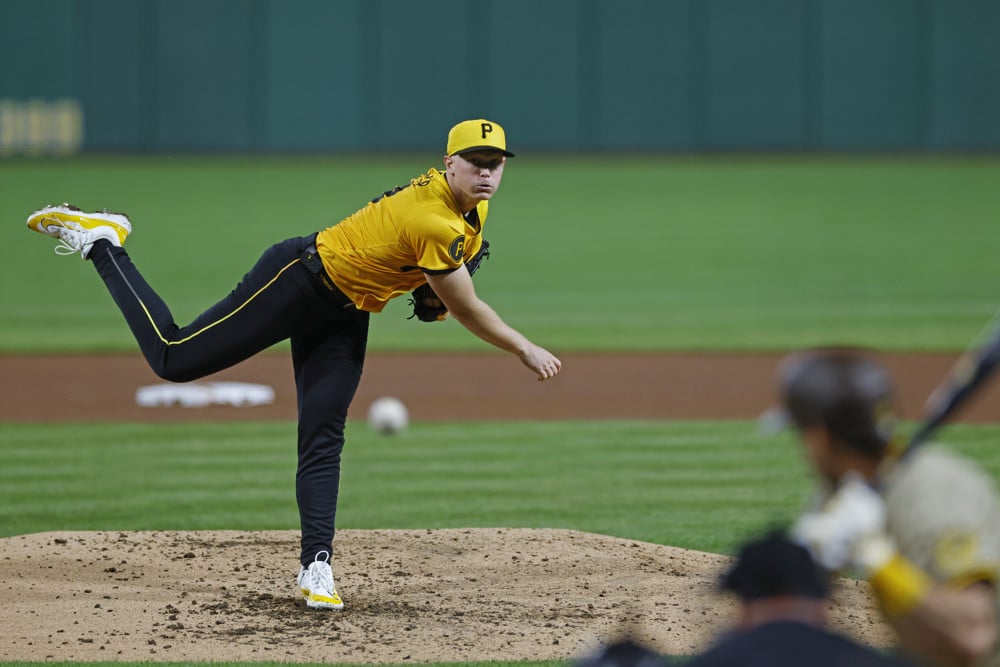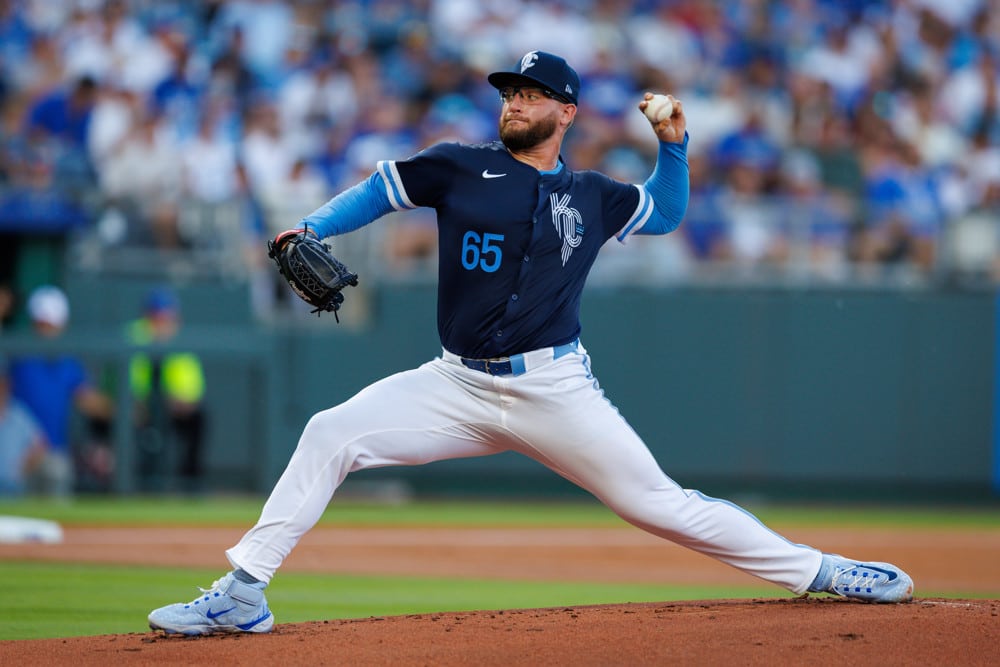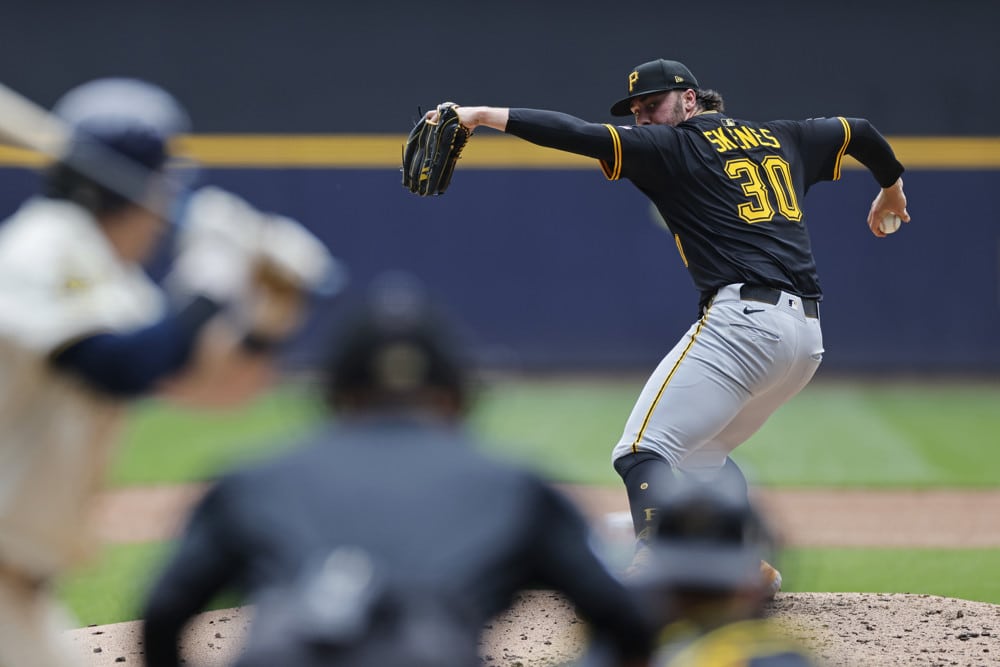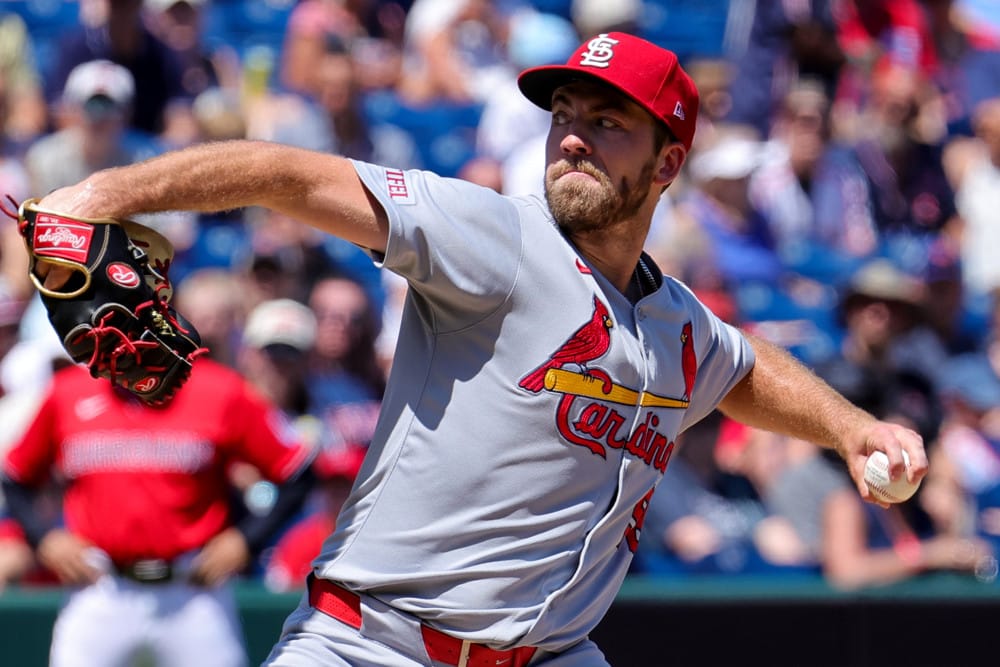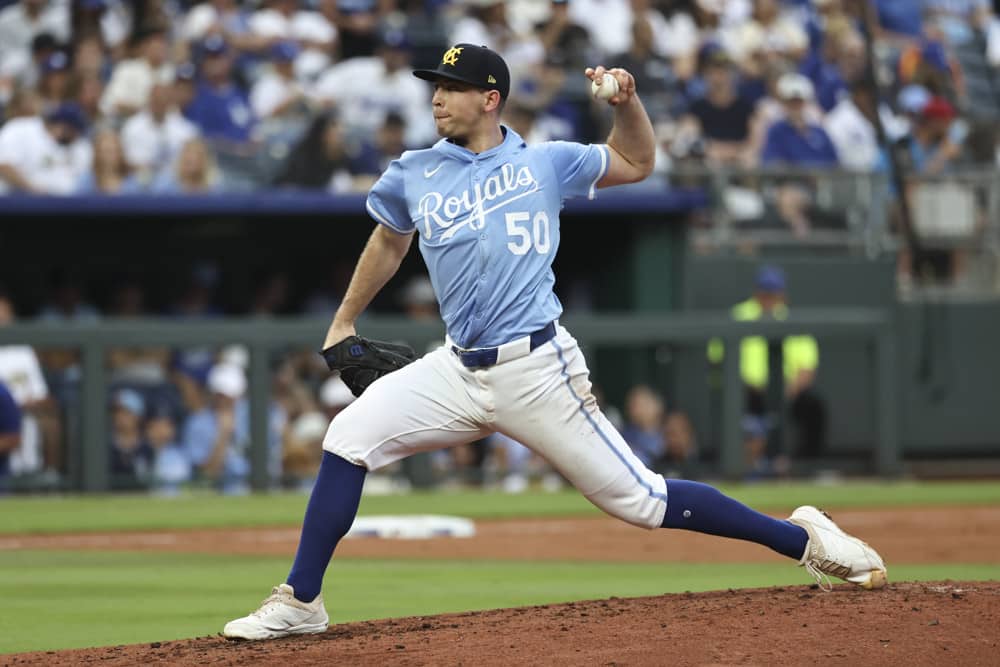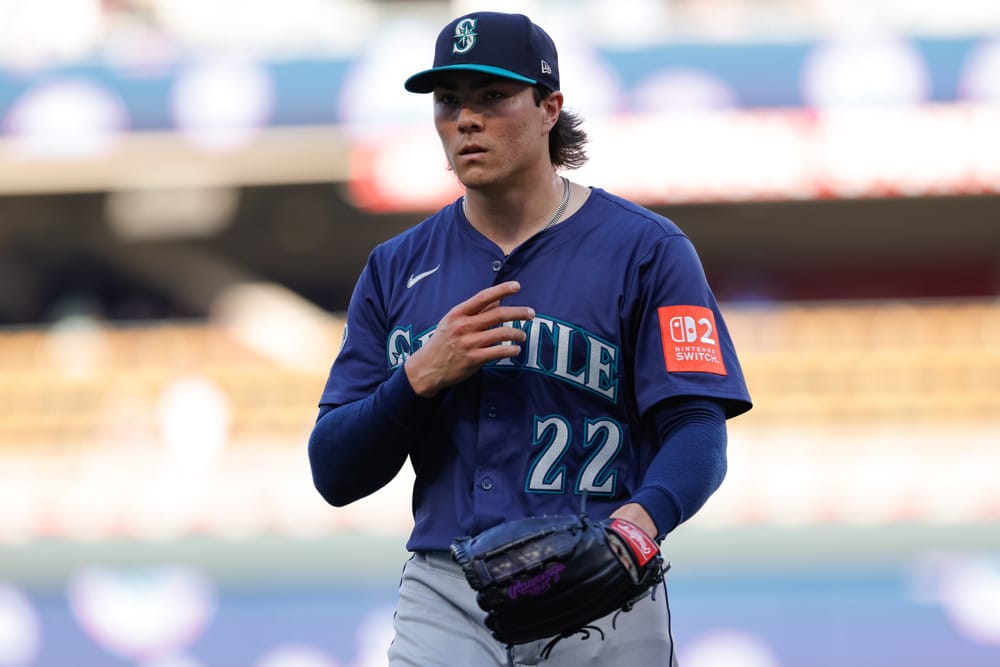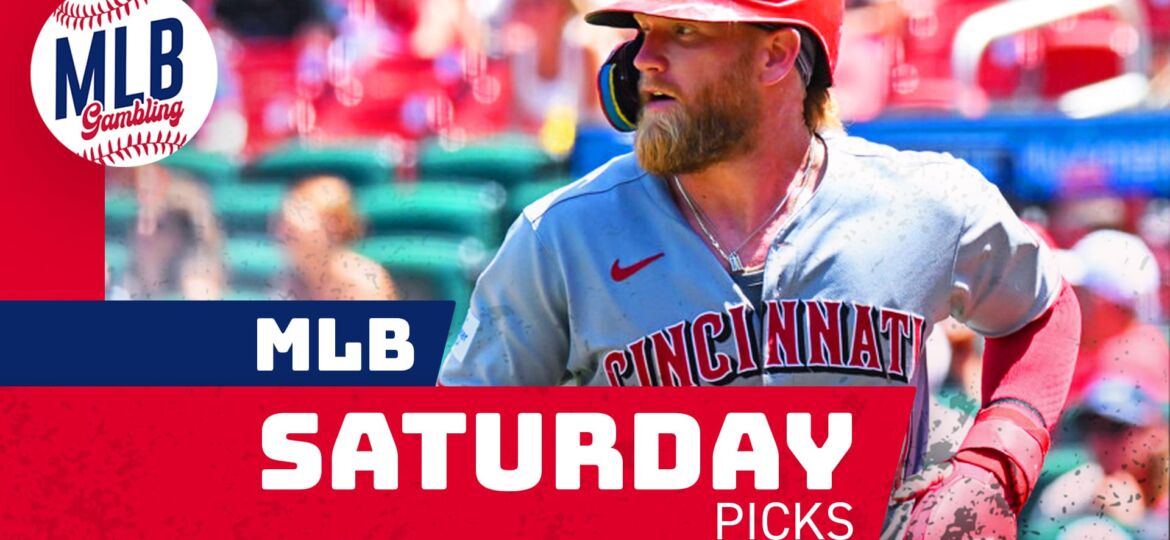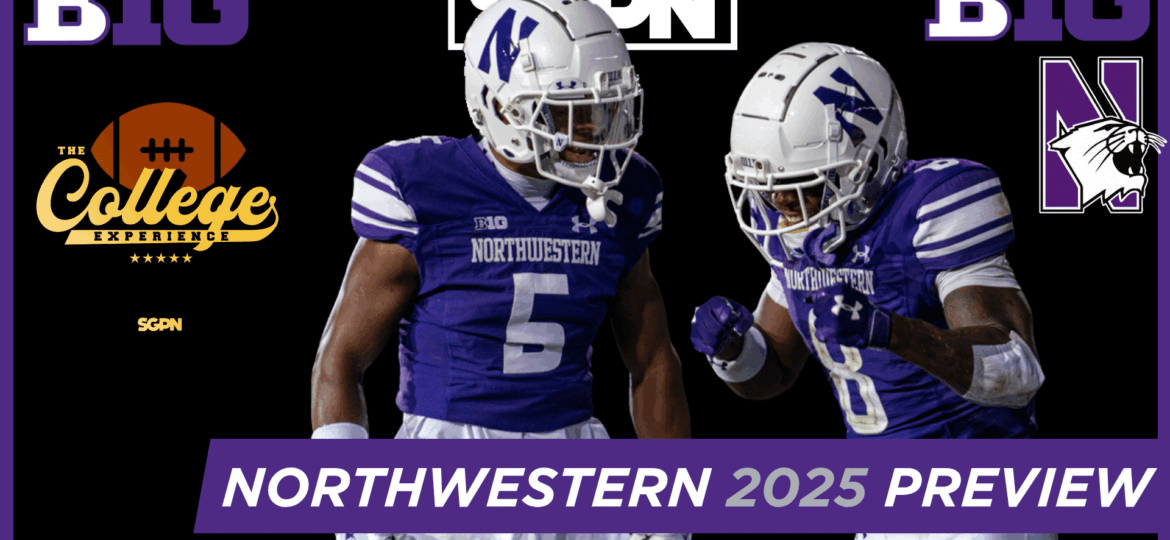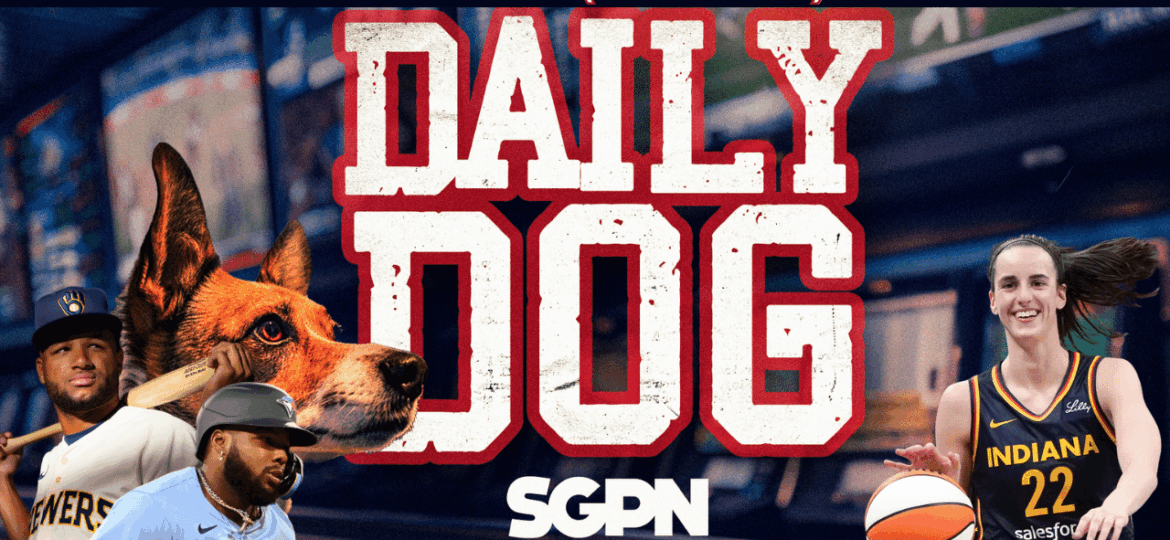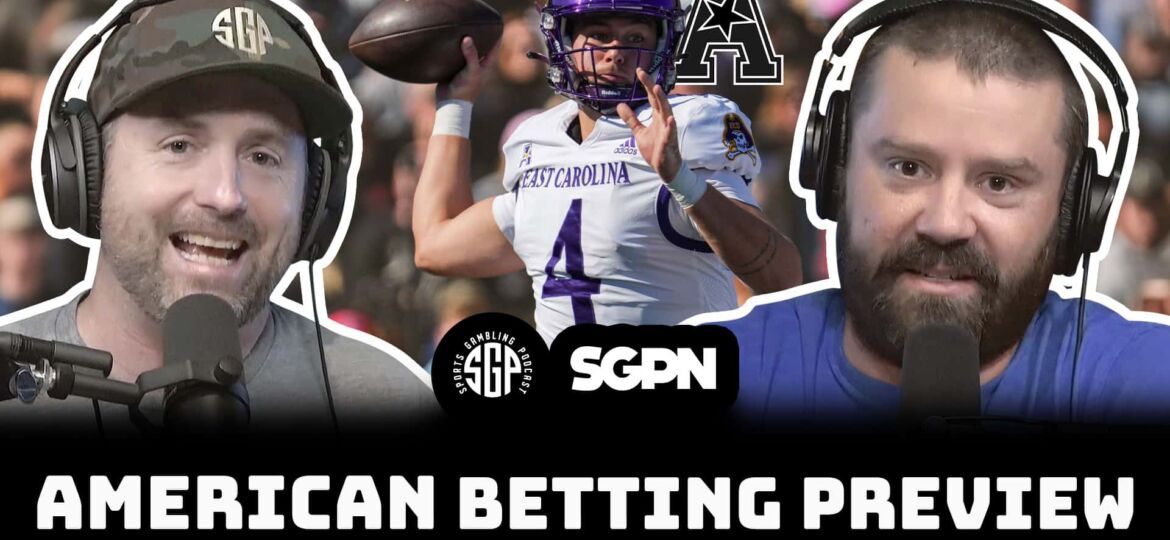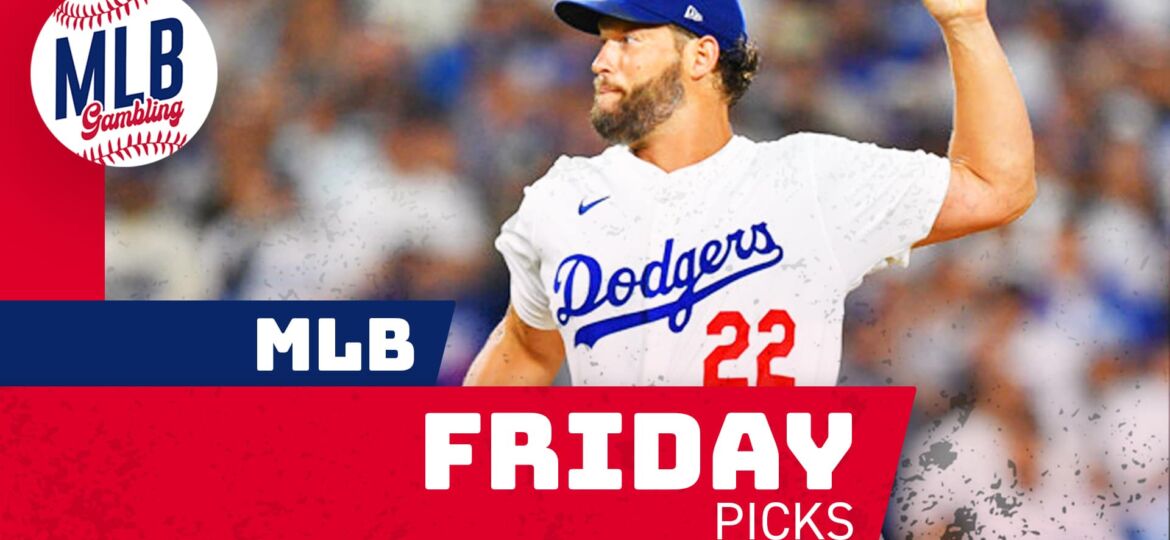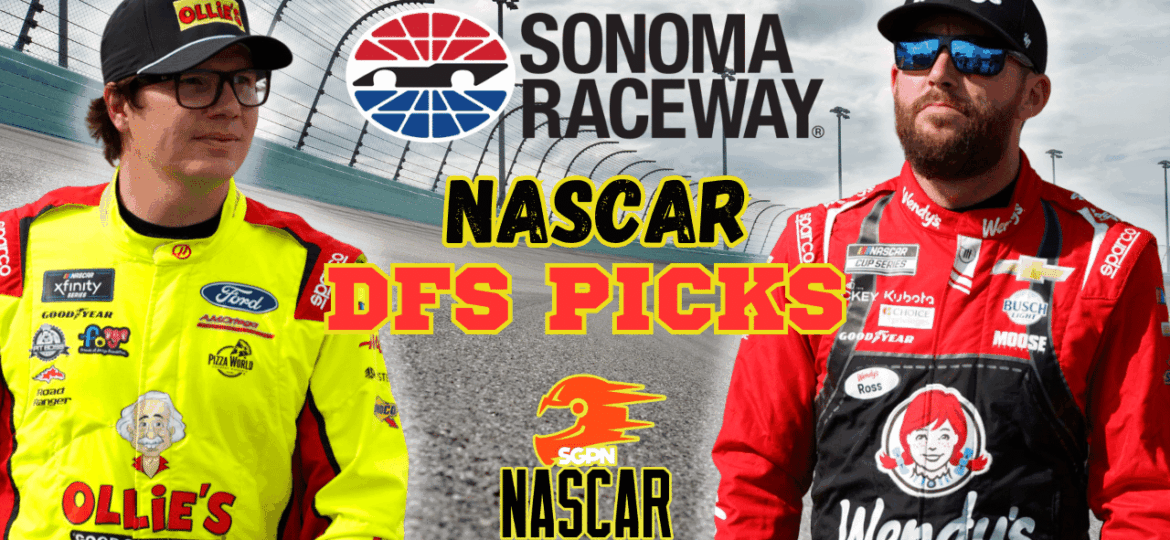NASCAR is back for one of the most exciting and nerve wracking races of the year, as the fastest stock car drivers race around the fastest track on the circuit for the Geico 500 at Talladega Speeway in Alabama.
Here’s everything to know about the track and the race before putting together a DFS Lineup (values courtesy of DraftKings).
Recent Winners
2019 (Fall) – Ryan Blaney
2019 (Spring) – Chase Elliott
2018 (Fall) – Aric Almirola
2018 (Spring) – Joey Logano
2017 (Fall) – Brad Keselowski
2017 (Spring) – Ricky Stenhouse Jr.
Track History
Up until the 1960’s, Daytona International Speedway was the fastest race track on the NASCAR circuit. That led to NASCAR founding father Bill France Sr. to look to construct an even faster superspeedway track to host an annual NASCAR race. After trying and failing to build his dream in Raleigh, NC, he settled on an old air field northeast of Birmingham, AL and built what is today known as Talladega Superspeedway. After its opening in 1969, NASCAR has held two races a year at the track.
Like at Daytona, Talladega’s long straightaways, high banking and sweeping corners gave the cars the optimal grip and opportunity to max out their horsepower lap after lap. As the technology of stock cars improved throughout the 1970’s and 1980’s, lap speeds got more and more faster every year, as well as more and more dangerous. It all culminated in 1986 when Bill Elliott set a NASCAR qualifying record with an average lap speed of 212.809 MPH, a record that still exists to this day. It still exists because the following year NASCAR mandated that all stock cars were required to have an carburetor restrictor plate inserted into the engine at superspeedways, which greatly reduced the maximum horsepower of the cars.
The restrictor plate greatly revolutionized NASCAR by completely changing the way superspeedways like Talladega and Daytona race. It bunched up the field dramatically, creating bumper to bumper three wide racing all the way back from the lead to deep in the field because it was difficult for superior cars to drive away from the pack.
Go here for info on sports return schedule.
Drivers also figured out restrictor plate racing made it a necessity to draft with each other, which means positioning your car right behind the car ahead of you. The front car displaces air as it travels down the speedway, which reduces the resistance the car behind it has and increases it’s maximum speed. This allows the trailing car to push the car in front of it, maximizing the speed of the tandem around the track. The more cars you add to this synchronized line, the faster the speeds of the train will go.
While this creates very tense and exciting races, it also causes massive accidents at any moment’s notice. Because the cars are in contact with each other’s bumpers so much, it can either destabilize a car or cause a car to spin around violently if they have handling issues and are come in contact with at the wrong moment. This causes a chain reaction to create huge accidents involving many cars at a time. This is affectionately known as “The Big One”.
Over the first two-thirds of the race, most drivers tend to stay relatively in check in terms or racing. Either they’ll show patience if they’re running up towards the front or some drivers will even opt to drop all the way to the back of the field to prevent from being caught up in one of these wrecks.
But towards the end of the race is when all hell tends to break loose. Drivers who may have given their fellow competitors a break early in the race are much less likely to do so. Or they’ll take chances that might be a little bit too aggressive. And when that happens, “The Big One” strikes.
Talladega is one of the most frustrating races to either bet on or construct a DFS lineup because no matter how fast or strong a car you pick, their race can be ended in an instant through no fault of their own. A race at a superspeedway is one of the hardest to predict because its outcome is almost entirely luck based. Most winning bets and DFS lineups are successful only because the cars selected survived to the end and not because they were the fastest on the day.
Other Race Notes
1. The starting lineup once again will be drawn from random based on year to date owner points. Spots 1-12 will comprise of the current Top 12 in ownership points at random, followed similarly by spots 13-24 for the next group of cars, followed again by cars 25-36 in ownership points at random, with the remaining four spots filled by other non-chartered NASCAR teams.
For the full starting lineup, click here.
2. In terms of who generally is up front the most at Talladega, Team Penske, Stewart Haas and Hendrick Motorsports at least start the race with the fastest race cars. The Hendrick cars have a knack for securing the front row of the starting lineup through qualifying while the Penske and Stewart Haas cars consistently lead the most laps and accumulate the most stage points. As far as Joe Gibbs Racing, the other power team in NASCAR, they tend to employ the strategy of fading to the back of the pack to try and avoid any trouble on the track as long as possible. Late in the race is when they make their move.
So which strategy is the most successful – running up front or hanging out in the back? Well, neither really! Team Penske has the most success at the track since 2017 with three wins, but their average finish collectively is only 14.1 with just seven Top 10’s across 16 attempts by the team. The other front runners in Stewart Haas and Hendrick Motorsports have an average finish just above 18th during that same timeframe with only 18 combined Top 10’s across 48 attempts for each team. That means two out of three cars across these two powerful teams won’t have a Top 10 finish at the end of the race.
And as for Joe Gibbs, while they may avoid trouble at the beginning of the race trouble ends up finding them by the end anyways. Their average finish at Talladega since 2017 is 17.3 and they’ve combined for a woeful five Top 10’s in 24 attempts, one of their lowest Top 10 rates on any track.
Long story short, while a DFS lineup comprising of drivers from these four powerful organizations looks great on paper, it normally ends up in disaster one way or the other.
3. Surprisingly, the two teams with the highest average finish at Talladega since 2017 is Roush Fenway and the single car operation of Germain Racing. The Roush cars have an average finish of 14.1, the exact same as the more powerful Team Penske. Most of their success at the track, however, was led by Ricky Stenhouse Jr. and he is no longer with the team. But even more surprising is that Ty Dillon of Germain Racing has an average finish at Talladega of 13.5 since 2017,the seventh highest of all drivers in the field.
Because there is so much luck at the track, sometimes the teams who don’t have the most horsepower under the hood can avoid trouble in front of them long enough to backdoor into a good finish. That’s mostly what matters most for a DFS lineup, and since these cars typically start deep in the field their overall points ceiling is very high.
DFS Picks
Chase Elliott ($10,400), Joey Logano ($10,200), and Ryan Blaney ($10,100): With all the uncertainty, what is certain is that these three drivers should be near the top of the field throughout most of the race. These three drivers almost always have the fastest cars on the superspeedways to lead a lot of laps. Whether or not they make it to the end is another question, but this is a strong trio to try and build a stars and scrubs lineup for this race. These drivers start 11th, 9th and 12th, respectively, on Sunday, meaning that they will provide the maximum potential points should you hit the lottery on all three.
Ty Dillon – $7,100: As mentioned previously, Talladega is one of Ty Dillon’s best tracks because not only has he avoided trouble by hanging out towards the back most of the race, but he has enough horsepower under the hood through his technical alliance with Richard Childress Racing to propel him to a decent finish. Ty Dillon starts 33rd on Sunday and while he may be in that position for most of the race, all that matters is if he works his way up near the front at the end simply by surviving.
Corey LaJoie – $6,500: The restrictor plates mean that the technological disadvantages smaller teams like Corey LaJoie drive for are easier to overcome. Since joining Go Fas Racing in 2019, LaJoie has an average finish of 10th on the superspeedways by managing to avoid most of the trouble over the course of the race to put himself in a position near the top by the end. LaJoie starts 25th on Sunday and could do exactly that once again.
Chris Buescher – $5,600: Buescher found success on superspeedways when he was previously with JTG Daugherty, and now pilots the #17 Roush Fenway Racing Ford that Ricky Stenhouse Jr. guided to a ton of success on these types of tracks. He starts 22nd and as long as he avoids “The Big One” he should have the horsepower to post a good finish at the end.


